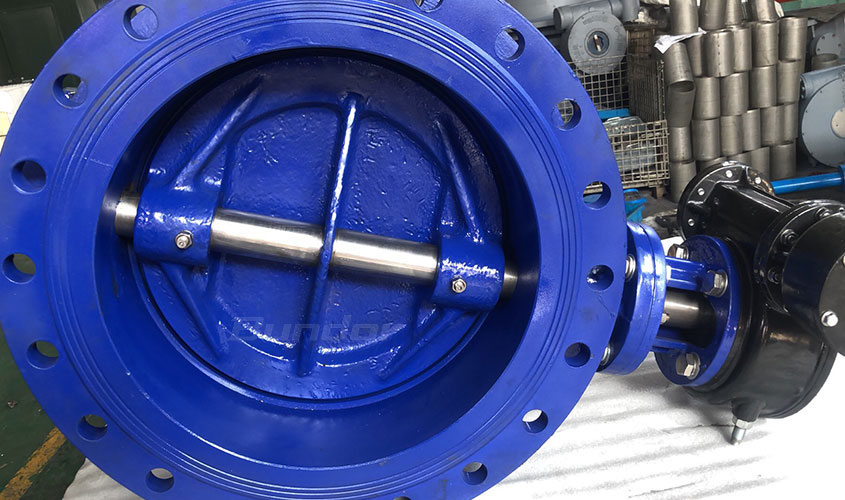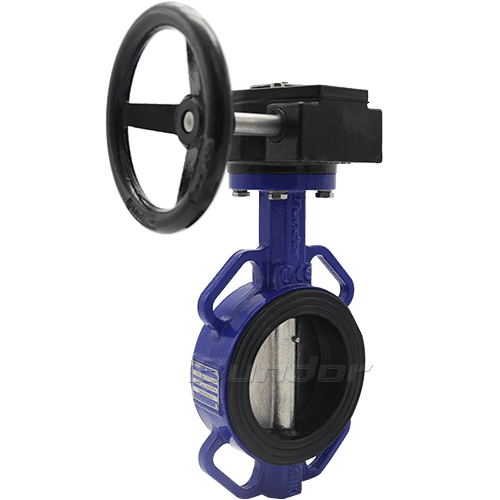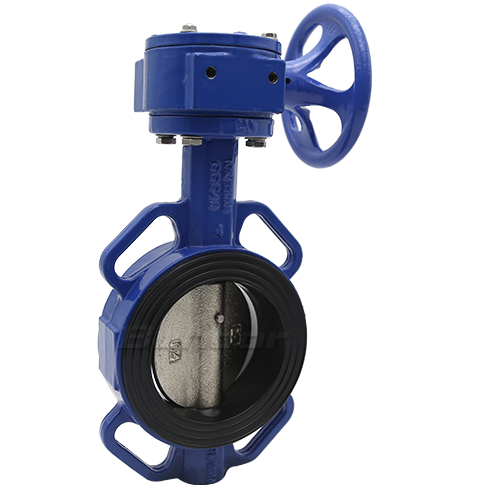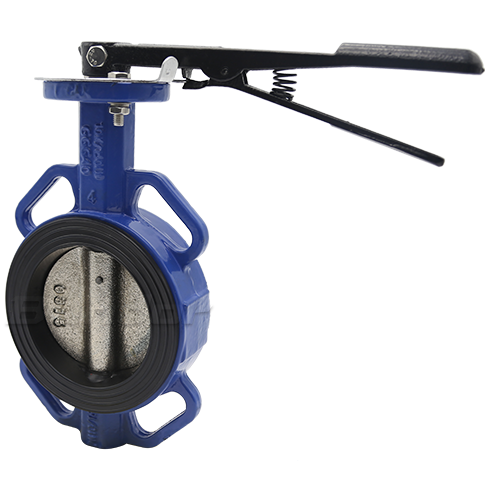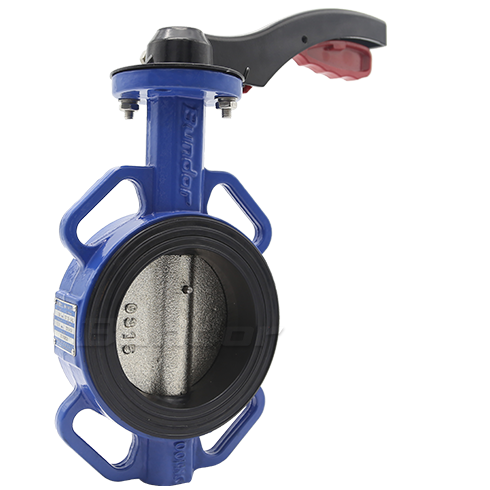Common models of double eccentric butterfly valves are: D342X, D342F, D642X, D642F, D942X, D942F.
So which two eccentrics are the double eccentric butterfly valves?
The first eccentricity: the shaft center of the valve stem deviates from the center of the disc;
The second eccentricity: the shaft center of the valve stem is offset from the center of the valve body.
The effect of double eccentricity enables the disc to be quickly separated from the valve seat after the valve is opened. Compared with the centerline butterfly valve, the double eccentric butterfly valve can greatly eliminate the extrusion and scraping between the disc and the valve seat, and also reduce the resistance of the valve to open. The wear of the valve seat and the valve disc is reduced, and the service life of the valve seat is improved.
Double eccentric butterfly valves are mostly used in water system pipelines and are not resistant to high pressure, but double eccentric butterfly valves can also use metal valve seats for high temperature applications. However, because the sealing principle of the double eccentric butterfly valve is a positional sealing structure, that is to say, the sealing surface of the disc and the valve seat is in line contact, that is, the sealing effect is produced by the elastic deformation caused by the disc pressing the valve seat. If a soft seal valve seat is used, a better sealing effect can be achieved, but if it is a metal hard seal, there will be a certain amount of leakage. Double eccentric butterfly valves are not resistant to high pressure and cannot be used in high pressure conditions.
Bundor Valve, a high-quality butterfly valve manufacturer, has a variety of configurations for double eccentric butterfly valves for you to choose from. The maximum diameter can be 3 meters. If you have procurement needs in this regard, you can consult Bundor Valve.


